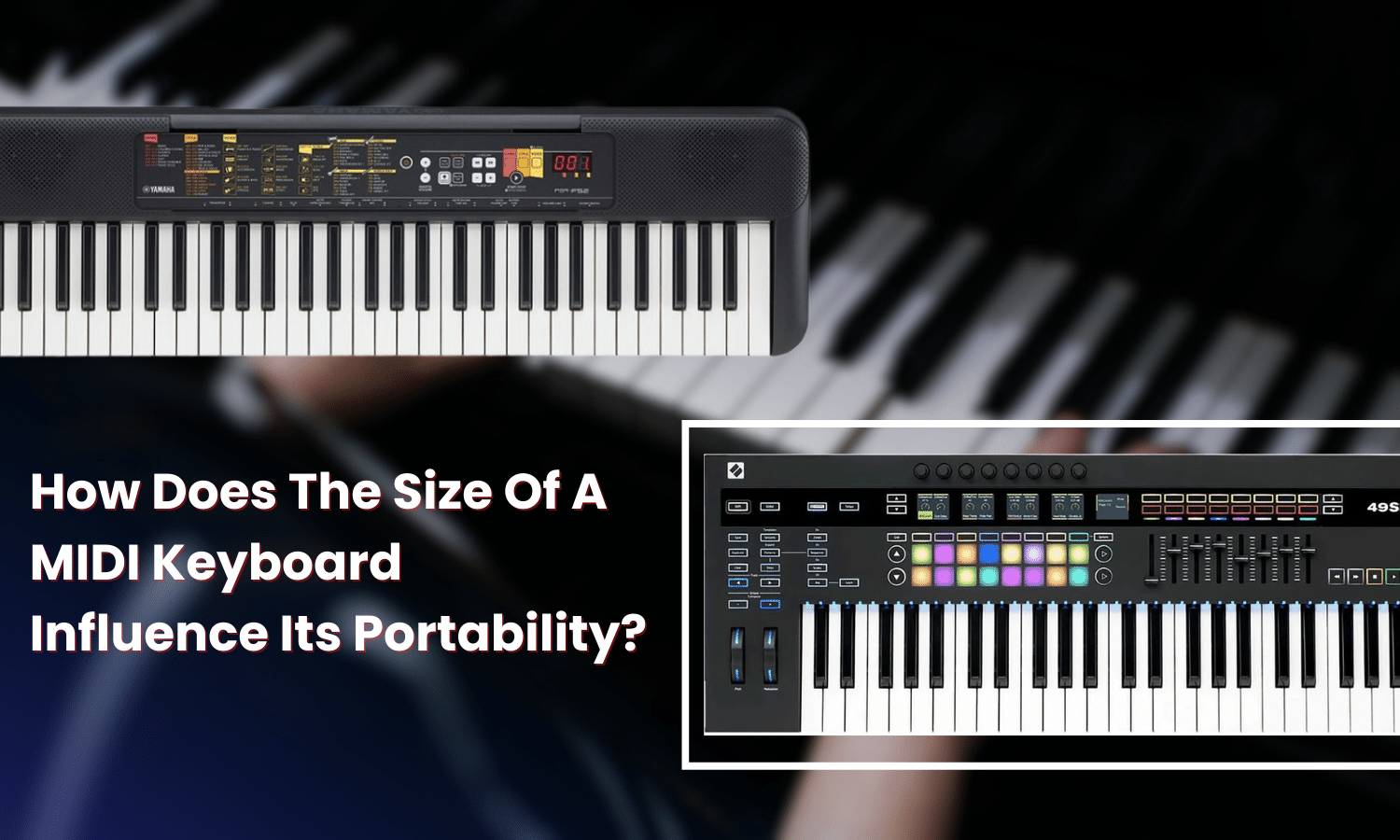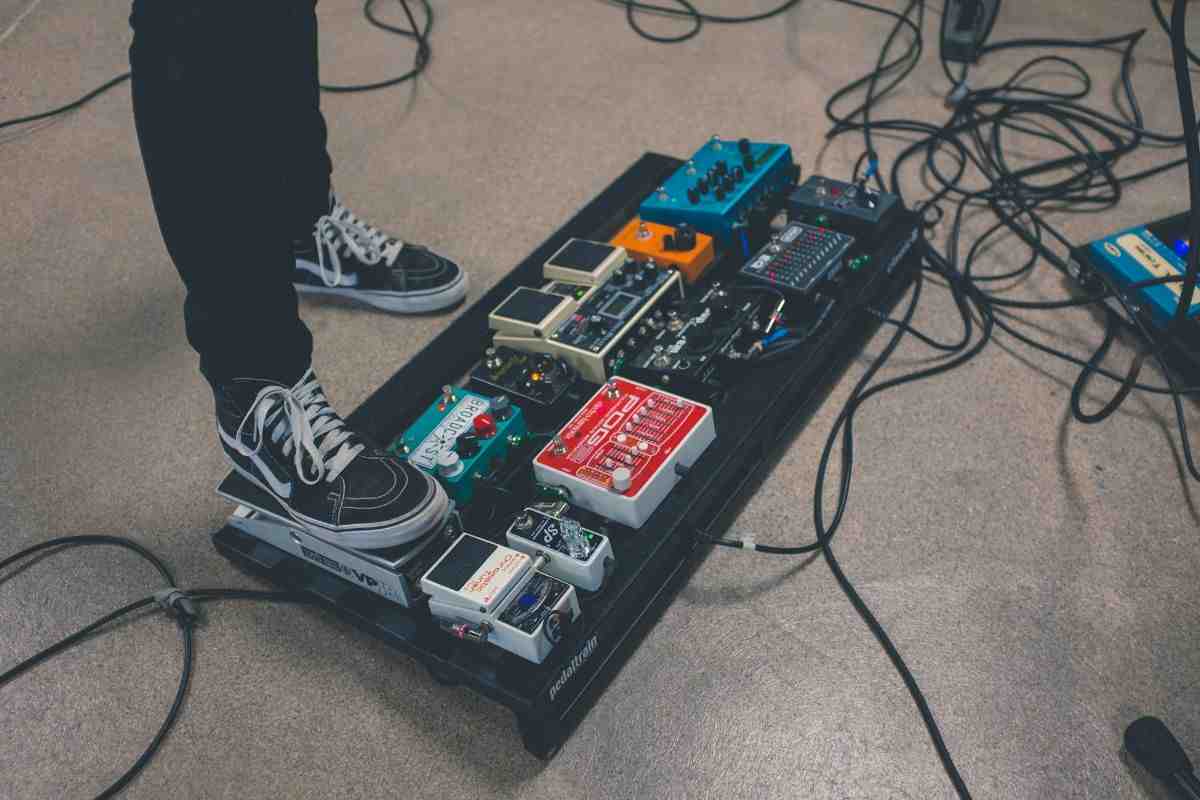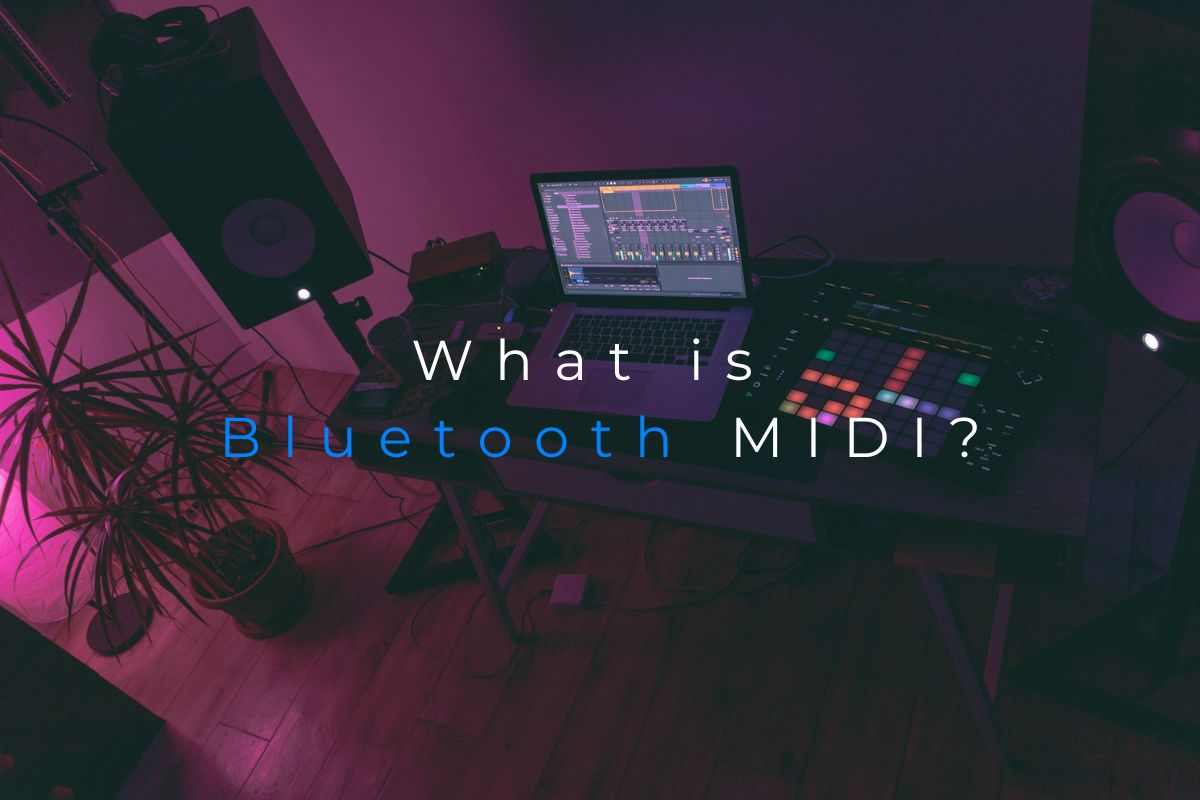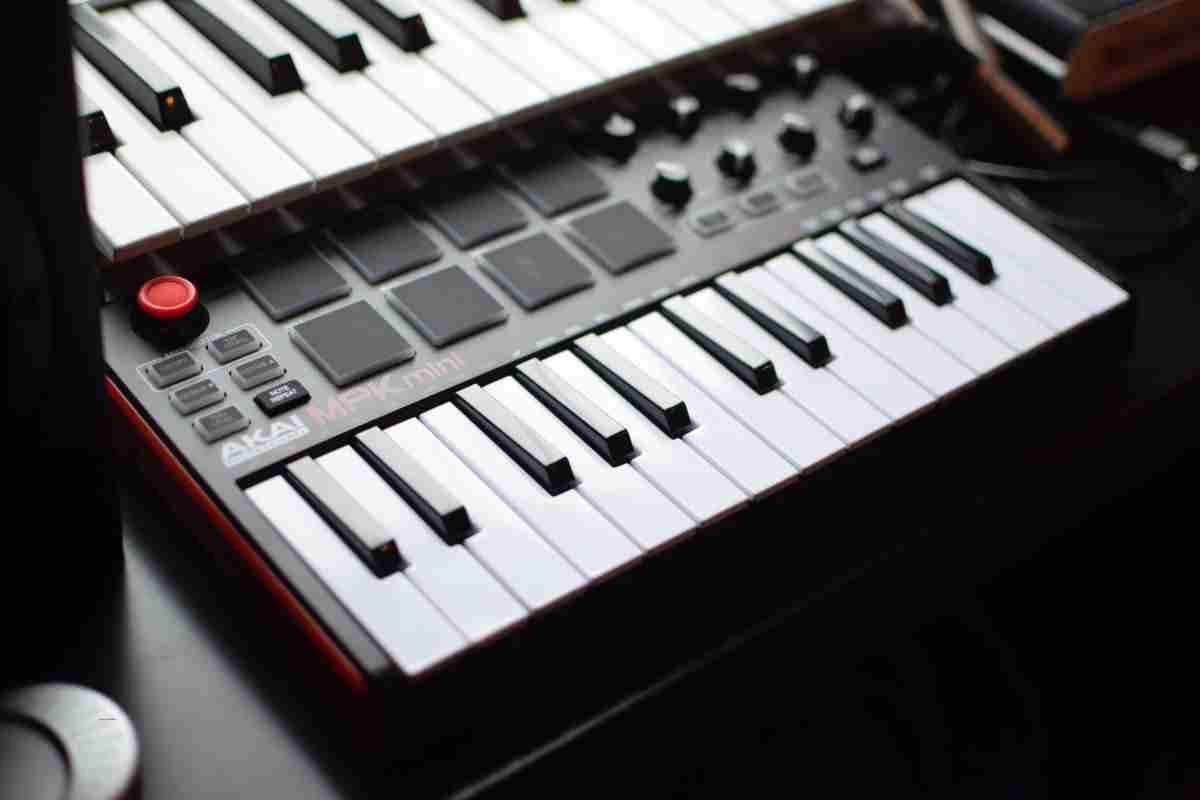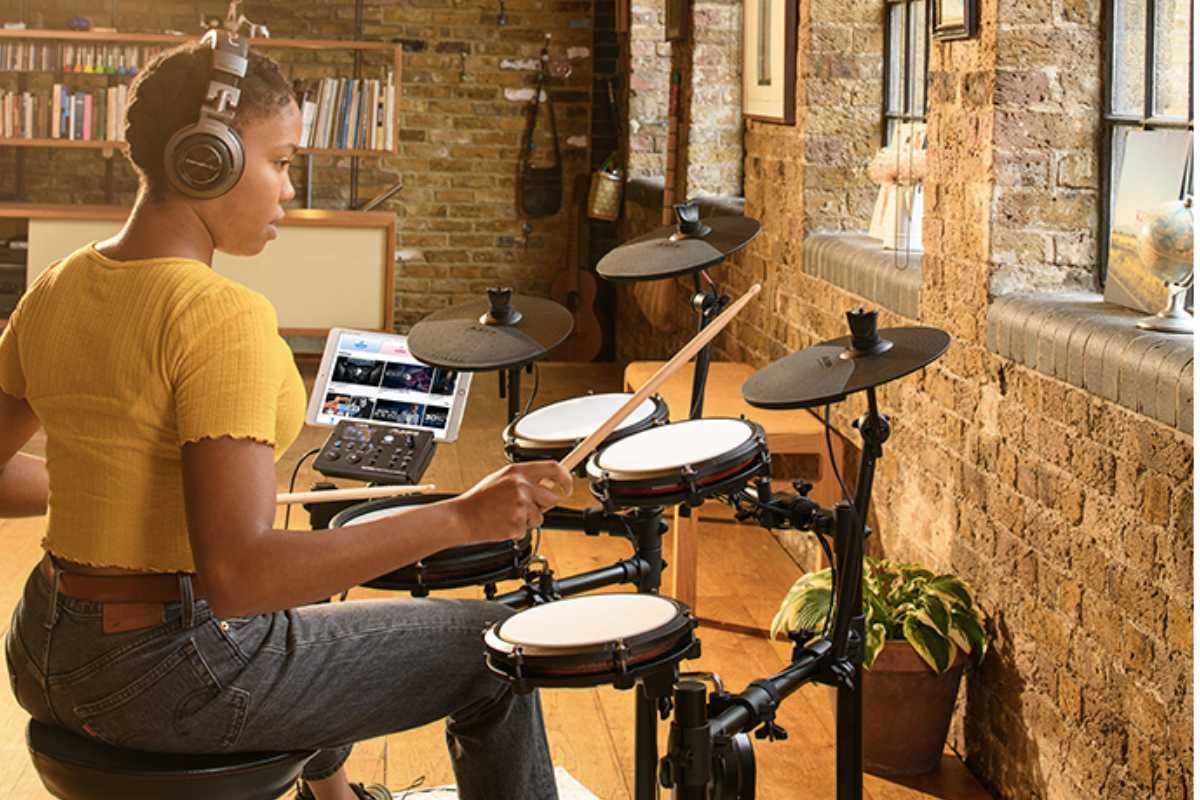A MIDI (Musical Instrument Digital Interface) keyboard is an essential piece of music gear for composers, performers, producers, and hobbyists. When shopping for a MIDI controller, one of the most important considerations is portability.
The size of a MIDI keyboard has a direct impact on how portable it is and what type of musician can reasonably transport and play it. Examining keyboard sizes, weights, and features can help match musicians to the optimal portable MIDI controller for their needs.
Taking Stock of MIDI Keyboard Sizes
MIDI keyboards come in a wide range of lengths, measured in keys. Smaller 25-key models offer maximum portability while full-size 88-key controllers provide the full span of notes, but meet the opposite end of the mobility spectrum. Mainstream keyboard sizes include:
- 25-Key: Extremely compact and lightweight. Best for producing beats and simple basslines. Lacks wider note range.
- 32-Key: Easy to transport. Well-suited for basic chord progressions and melodies. Fewer octaves than larger options.
- 37-Key: Moderately portable. Supports more intricate chords and right-hand parts. Still on the smaller end for playability.
- 49-Key: Decent balance of portability and playability. Covers wider musical ideas while remaining relatively light. Good middle-ground choice.
- 61-Key: Starting to push the boundaries of mobility. Allows musicians to play more complex songs and piano parts. Heavier than smaller sizes.
- 76-Key: Challenging for most to carry by hand. Full range of chords and melodies covered. Better suited to keyboard players with a vehicle or equipment transport.
- 88-Key: Essentially stationary. Allows a realistic piano-playing feel. Requires a keyboard stand and vehicle transport.
As evidenced, keyboard size correlates closely with mobility and playability. Musicians must weigh their portability needs and musical limitations to land on the right MIDI controller length.
Keyboard Size Impacts Carrying Options
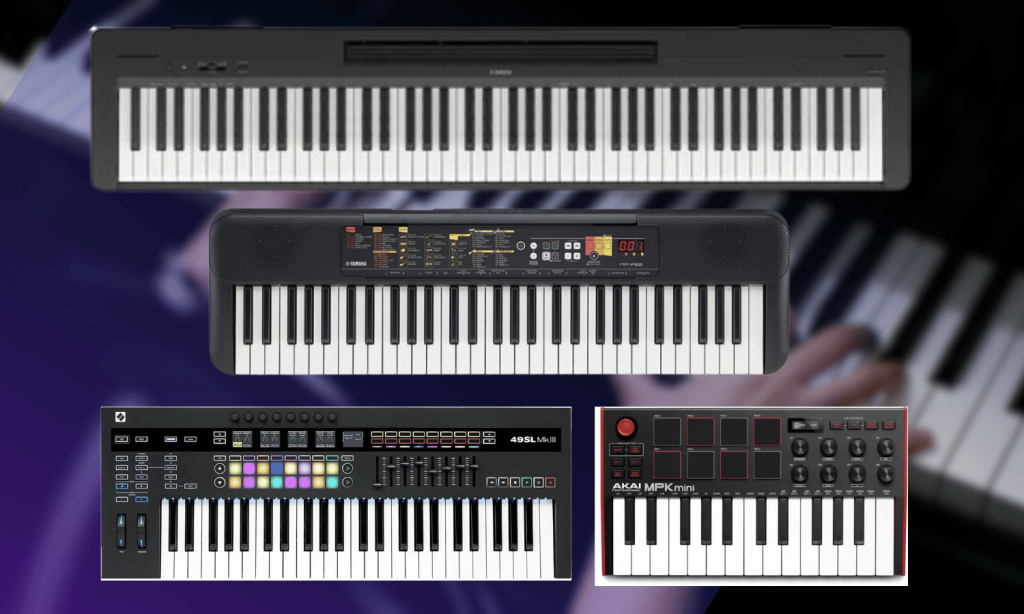
The spectrum of MIDI keyboard sizes directly impacts the carrying options available. Smaller 25-key models can fit into backpacks and even large purses for easy transport.
Some 37-key and 49-key keyboards include custom carrying bags, but may also work in larger backpack compartments.
At 61 keys and up, most keyboards require a dedicated keyboard bag or sturdy case with either handles or backpack straps.
76-key MIDI controllers and larger abandon pure portability in favor of playability. These models must be carried in rigid soft cases with backpack straps or more commonly loaded into vehicles and transported on rolling stands. Table-style keyboard stands become necessary to play these larger controllers, adding to the complexity of mobility. However, their extended key ranges provide musicians the flexibility to play more fully realized musical ideas.
In summary, smaller MIDI keyboards trade playability for better portability while larger keyboards do the inverse. Consider how you need to transport your keyboard when choosing the right size.
Keyboard Weight Changes with Size
The physical weight of a MIDI keyboard varies substantially based on its size and internal technology. Smaller 25-key models are featherlight – often under 3 pounds. This makes them ideal for tossing into a bag or carrying by hand. MIDI keyboards start gaining noticeable mass in the 37 to 49 key sizes, ranging from 6 to 10+ pounds. These models work for transport in cases and bags but begin getting burdensome for long periods.
Once entering the 61-key range, keyboard weight often exceeds 10+ pounds. The additional keys and internal circuitry add bulk, making these units tiring to carry for extended periods without backpack support. By 76 keys, most models hit 15-20+ pounds requiring rolling keyboard stands or vehicle transport.
Full-size 88-key digital pianos typically weigh between 25-50+ pounds – essentially furniture that requires careful transport planning and help to move.
In short, the smallest MIDI keyboards allow the most casual mobility while the mid-sized 37, 49, and 61-key models strike a usable balance for many musicians. Anything above 61 keys brings proportional weight challenges that inhibit portability.
Playability Enhancements Reduce Portability
While compact MIDI keyboards offer easy mobility, many lack the playability enhancements of larger controllers. Key features that improve the playing experience like semi-weighted or fully-weighted keys, aftertouch, pitch bend/modulation wheels, an onboard display, and extra controls substantially increase the keyboard’s weight and reduce portability.
However, these features allow for more expressive playing that better emulates an acoustic piano or synthesizer.
So musicians face a choice – opt for an unweighted 25-key MIDI controller that easily fits into a backpack or go for a larger weighted-key model in the 61 to 76-key range for a more realistic playing feel. Depending on your usage, you may want to prioritize pure mobility or enhanced playability.
Matching Musician Needs to Keyboard Size
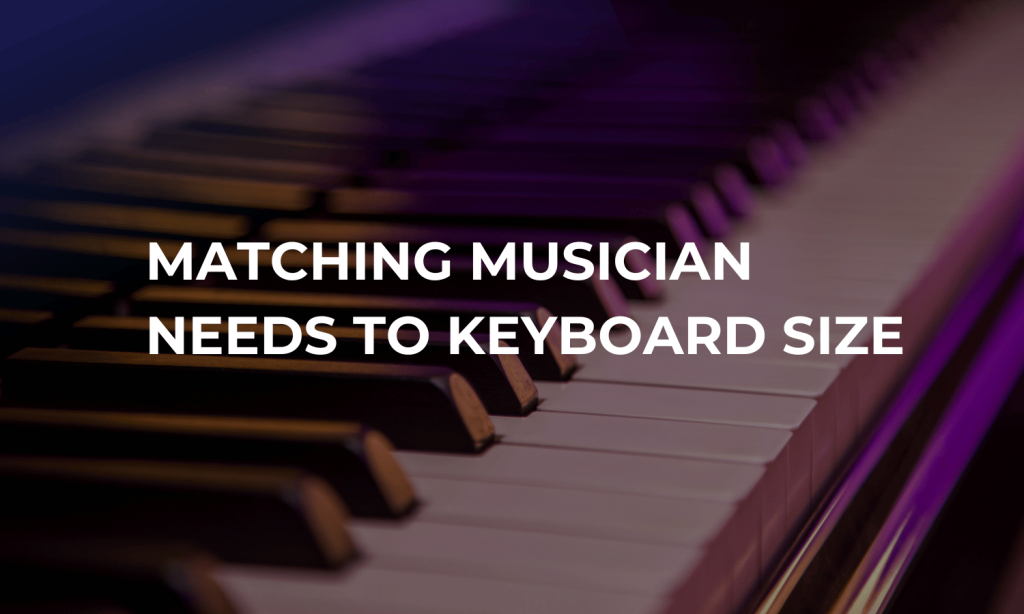
With so many variables to weigh, it’s important to analyze your needs as a musician to select the MIDI keyboard that fits your creative style. Here are some common musician profiles and keyboard size suggestions:
- Music Producers: 25-key or 32-key model. Lightweight and highly compact to take anywhere. Enough keys for basic input patterns.
- Performing Keyboardists: 61-key or 76-key semi-weighted keyboard in a gig bag. Balances portability with dynamic playing.
- Piano Students: 73, 76, or 88-key digital piano with weighted hammer action. Replicates an acoustic piano feel despite less mobility.
- Guitarists/Songwriters: 37-key or 49-key keyboard in a soft case. Covers basic chord voicings and riffs. Still portable.
- Sound Designers: 49 or 61-key synth-action keyboard workstation. Decent Keyspan for experimenting with diverse sounds.
As shown, properly matching your musician profile and keyboard expectations makes choosing the right portable MIDI keyboard more straightforward.
Conclusion
A MIDI keyboard’s size directly impacts how easily transportable it becomes. Small 25-key models offer supreme portability while full 88-key digital pianos provide unmatched playability.
By taking stock of key sizes, carrying options, keyboard weights, and feature sets, musicians can find the ideal balance of mobility and musical expression tailored to their needs. Analyzing your usage helps determine the right MIDI keyboard size.
For most, 25, 37, or 49-key options allow both travel-friendly mobility and decent playability – the best of both worlds for keyboardists on the move.

